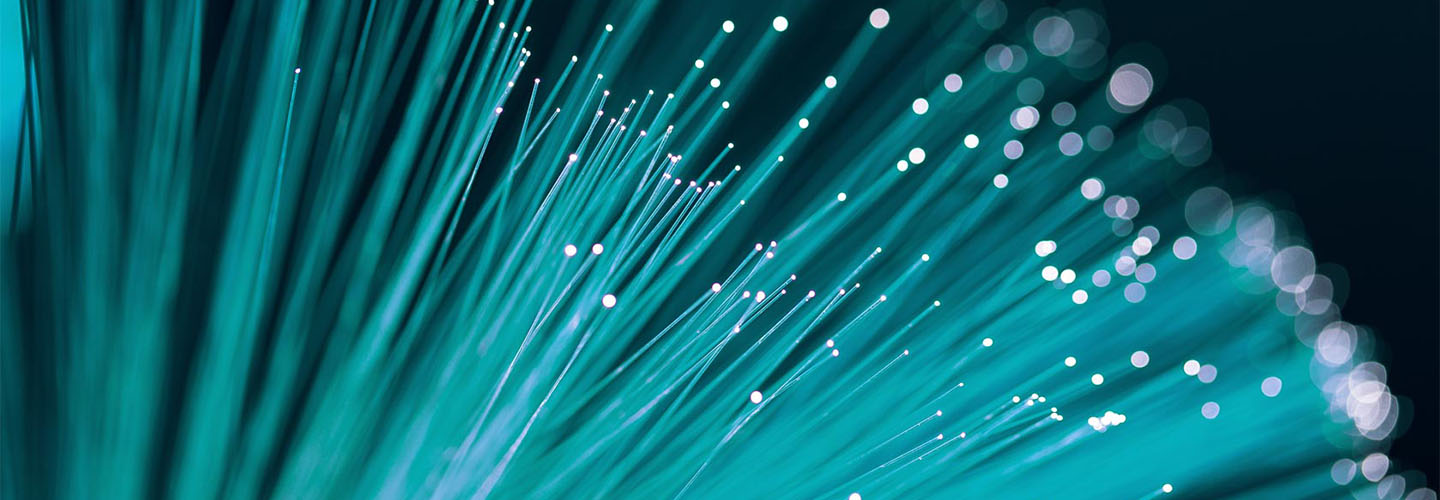The “dark web” it’s a term you’ve likely all heard, and we may even have a vague idea of what it is. As a cybersecurity and IT services firm focused on keeping businesses safe, we find that many business owners and professionals do not have a clear understanding of the dangers posed by the dark web and the potential impacts those threats can have on their business. We’d like to remove some of the mystique around the dark web and share insights that can help you avoid a potentially devastating and costly cybersecurity incident. This week we will focus on defining the dark web and what happens on the dark web and give you a cybersecurity awareness tip. Here you will read about cyber security and the dark web. Next week we’ll discuss how exposures can affect your business and how you can protect your data and give you an additional cybersecurity awareness tip.
With headlines full of cyberattacks and security breach victims, it is time to take the risks seriously. The success and survival of your business will be determined by your ability to overcome cybersecurity threats or breaches. You need a cyber readiness plan that includes elements of prevention, business continuity, and recovery strategies. In this article, we’ll touch on prevention from Dark Web attackers.
Knowledge is power. A critical component of cybersecurity is having the on-demand insight of anomalous activities, suspicious changes, potentially harmful misconfigurations, or any other malicious activities occurring internally on your network. Promptly detect and remove threats before they cause damage.
Having a cybersecurity preventative posture is paramount to your data security. If your business and or customer data is hacked you’ve just opened a pandora’s box of lawsuits, loss of brand integrity, loss of customer trust, and many more concerning issues. The dark web has become a cybersecurity nightmare so your cyber readiness plan should include preventative measures to defend against the dark web and its minions.
What is the Dark Web?
The Dark Web is a subset of the “Deep Web“, which is the part of the internet consisting of any site where contents are not indexed by standard web search engines. Content on the Cyber Security and The Dark Web, which is estimated to compromise as much as 96% of the internet, is therefore not accessible via familiar and standard “surface web” search engines. The dark web is the part of the deep web that’s intentionally hidden for the sake of privacy; it’s made up of a decentralized network of internet sites that try to make users as anonymous as possible. Since the dark web contains encrypted, unindexed content, specific browsers, such as the Tor Browser, are required to reach the dark web.
What happens on the Dark Web?
Although we think of the dark web as a sinister and dangerous place, it’s important to note that accessing the dark web isn’t illegal, and not every site found there is dealing in criminal activities. The dark web helps people maintain privacy and freely express their views, which is particularly helpful to political dissidents, people trying to keep medical conditions private, or journalists who need to communicate with sources that they want to protect.
While there are legitimate purposes to the dark web, it has certainly gained a reputation as a haven for illegal activities, largely because of the inherent anonymity provided to users as they move and operate within the dark web. Users can hire a hitman, buy illegal drugs, download unlawful photographs, sell counterfeit goods, and much more.
The dark web is also a thriving marketplace for stolen data and personal information, which presents a very lucrative opportunity for cybercriminals to access, sell, or exploit stolen data for profit. The volume of data breaches has reached epidemic proportions and shows no signs of slowing down. When malicious individuals or organizations are successful at compromising data, they quickly move to monetize their heist and place it up for sale on the dark web. On an average day, hundreds of thousands of login credentials (email addresses and passwords), along with social security numbers, dates of birth, financial information, and other personally identifiable information are added for exploitation. This information often and unsuspectingly leads to your employees’ identity theft and is also used to enhance the effectiveness of social engineering campaigns and ransomware attacks – further perpetuating the exploit cycle.
As part of your cyber security and the dark web and deep web-readiness strategy, here are is an awareness tip to consider
Cybersecurity tip: Get Someone to Watch Your Back
Are your passwords for sale on the dark web? Is one of your employees selling access to your systems? Were you exposed to a third-party Dark Web data dump? Find out through continuous monitoring of the dark web so that potential risks to your organization can be identified before it’s too late. Early detection is key to prevention, and dark web monitoring helps you detect and mitigate cyber threats that leverage stolen email addresses and passwords. It can take companies months before they go public with a breach, but you can be aware of exposed data as soon as it hits the dark web with ongoing monitoring.
If you have any questions about how to increase your organization’s defenses against cybersecurity threats; we‘re here to help and educate.

